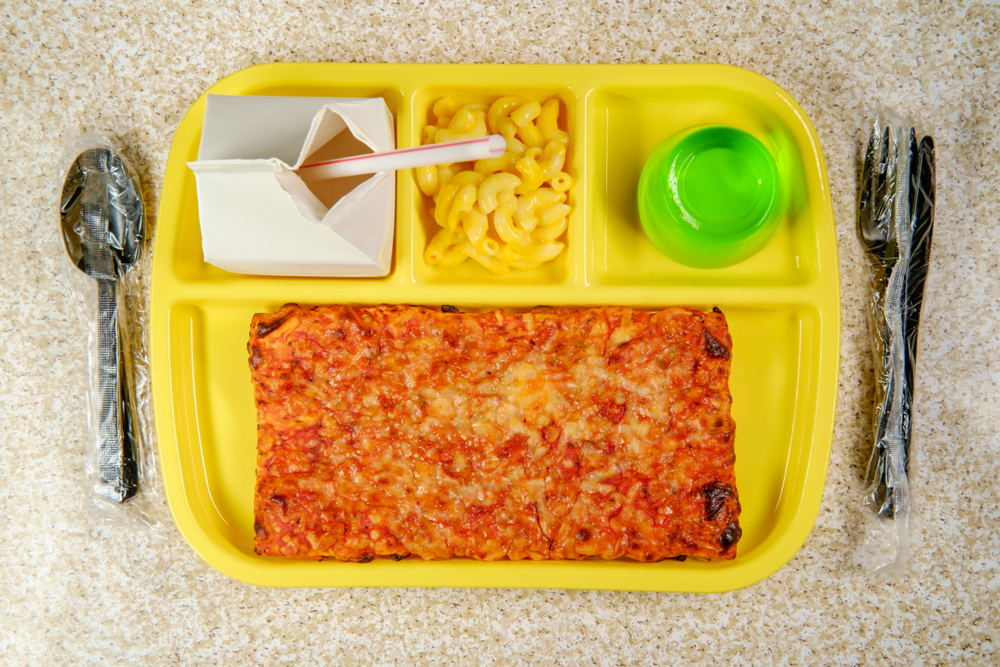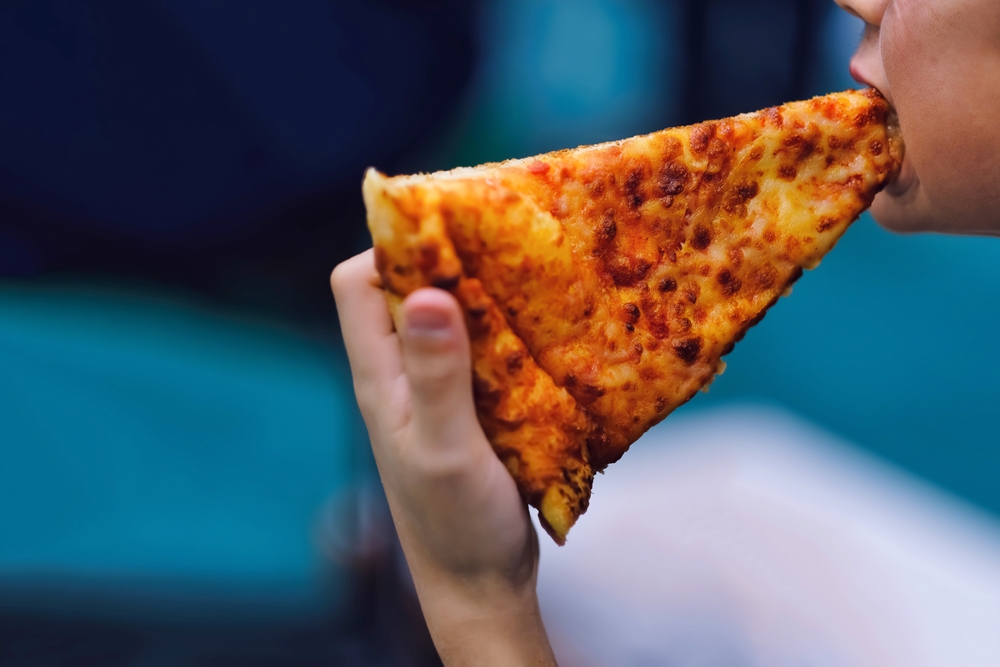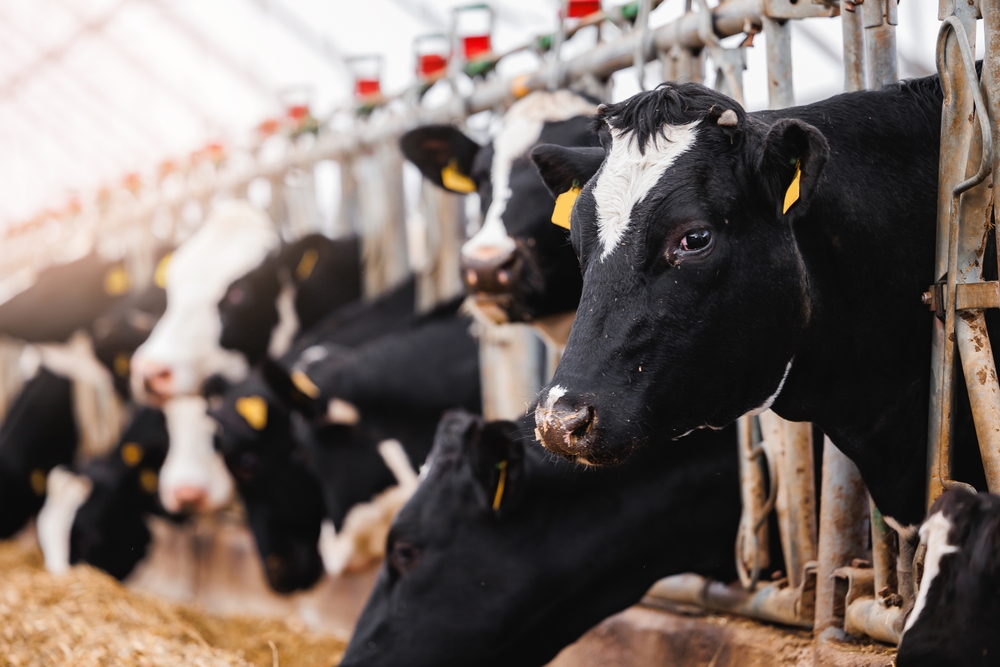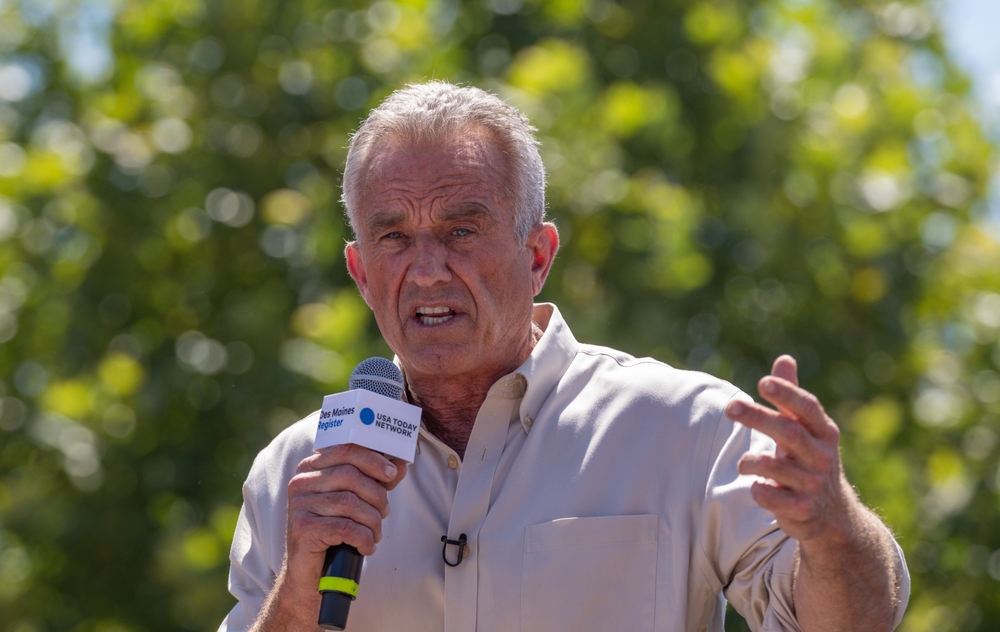For decades, the school lunches in the United States have been falling far short in terms of their nutritional value for children. In fact, in many cases they seem to be doing more harm than good, outside of providing calories. This is just the problem: For many children in America, their school lunch is their most significant meal of the day, both in terms of nutrition and calories. Without it, many children would go hungry. This fact has left many wondering: Don’t the children deserve a school lunch that not only fills their bellies, but also is good for their health? Robert F. Kennedy Jr. has set his sights on revolutionizing the school lunch program in the United States, aiming to eliminate ultra-processed foods from school cafeterias. However, the path to achieving this goal is laden with challenges and complexities.
School Lunches: The Vision

For several decades, school lunches have not been what they promised to be at their outset. What started out as fresh, balanced hot meals cooked in-house has given way to cheap, ultra-processed foods with little nutritional value and plenty of saturated fats, sugar, and salt. This is what Kennedy, as others have tried before him, is set on changing. Kennedy’s plan includes a bold promise to remove processed foods from school lunches promptly, aka as soon as possible. This is a task that may seem straightforward but is mired in intricacies. The initiative holds significant importance as the National School Lunch Program serves almost 30 million students daily, providing essential nutrition to many children across the nation.
The Current School Lunch Conundrum

Despite its vital role in nourishing students, the American school lunch system has long been criticized for serving uninspiring meals. These include items like rubbery pizza and ‘mystery’ meat. The unappetizing offerings have made school lunch a cultural target for ridicule. TV, books, and movies have all featured kids loathing the infamous school lunch, where often what they are being served is hardly identifiable as food. This is exemplified in many comedic portrayals of school lunches, such as Adam Sandler’s “Lunch Lady Land” sketch on Saturday Night Live. The sketch, while both funny and relatable, is an unfortunate unveiling of the truth of school lunches in the United States.
Read More: Movement to Alter U.S. School Hours Picks Up Speed
A Historical Perspective

The roots of the school lunch program trace back to the Great Depression. During this time period, there were a lot of hungry children across the nation. School lunches began as a way to address hunger among children. That wasn’t the only motivation, however. They were also created as a way to support farmers through the Depression. The government bought food from farmers, which was used for the lunches across the country. Over time, the program evolved, becoming formalized through the National School Lunch Act signed by President Harry Truman in 1946. This is when President Truman famously said “No nation is healthier than its children or more prosperous than its farmers.” Initially, school lunches were prepared on-site with fresh ingredients, creating a wholesome and authentic dining experience.
Shift Towards Processed Foods

We suppose all good things must come to an end, and like most things, that end is usually due to budget cuts. This was precisely the case when a pivotal change occurred in the 1980s. Budget cuts introduced by the Reagan administration prompted a transition towards pre-prepared and processed foods in school cafeterias. No more lunch ladies preparing food in kitchens, rather, big companies sending food to schools that are reheated and served to students. This shift, driven by cost-saving measures, led to the disappearance of traditional cooking staff and the introduction of commercially prepared meals. School lunches now were based on processed foods like tater tots, sloppy joes, and pizza, marking a sad departure from fresh, locally sourced ingredients.
Children Should Not Be The Nation’s Food Waste Solution

The 1980s also introduced new technology and methods in the farming industry, particularly in the dairy industry. It was during this time that it was discovered that, by giving dairy cows specific hormones, you can increase their milk production. This meant that farmers could produce more milk for less money. This also meant a surplus in dairy products, cheese in particular, and dairy cows. Again, the government decided the best place for this excess were the school lunches. Extra cows were slaughtered and turned into hamburger meat, and this meat along with the excess cheese were purchased by the government and incorporated into school lunches. This of course meant that these lunches were now higher in saturated fats than ever before, despite the discovery at the same time that these fats were not good for our health.
Michelle Obama’s Advocacy

It is important to note that this isn’t the first time that someone has attempted to change school lunches across the United States. In more recent times, Michelle Obama emerged as a prominent advocate for improving school lunches and promoting healthy eating habits among children. Her initiatives, such as the White House garden project and focus on nutritious school meals, garnered attention and sparked discussions about the importance of prioritizing children’s health in school food programs. Unfortunately, she came up against massive opposition. Beyond the obvious difference in political positioning, much of the changes she wanted to make came down to money. The National School Lunch program needed to make money. This wouldn’t be possible if the kids didn’t like the lunches. Their claim was that the children wouldn’t want to eat the healthy food, instead preferring the pizza and other junk foods that they were used to being served. They also made a move to show that pizza was a source of vegetables due to the use of tomato paste. Incredibly, Michelle Obama lost that battle. When the succeeding Trump administration came in, he wiped away most of the progress and work that the Obama administration made towards improving the nation’s school lunches.
Read More: Amsterdam Schools Are Teaching Kids to Grow Their Own Plants
Can RFK Jr. Make It Happen?

The changes that RFK Jr. is proposing are fairly ‘radical’, as some might say, and are definitely not small. Though the plans sound wonderful, the question remains as to whether or not he can actually do it. While RFK Jr.’s proposal to revolutionize school lunches aligns with growing concerns about childhood nutrition and wellness, the complexity of the current school lunch infrastructure poses significant challenges. Addressing issues like affordability, logistical constraints, and conflicting interests within the food industry will require a comprehensive and collaborative approach. All of this, of course, hinges on whether or not RFK Jr. is confirmed as President Trump’s Health and Human Services Secretary.
As Kennedy and his supporters strive to navigate the intricate web of policies, budget constraints, and nutritional guidelines that govern the school lunch program, the ultimate success of his mission hinges on garnering widespread support, fostering dialogue, and implementing sustainable changes that prioritize the health and well-being of students nationwide.

